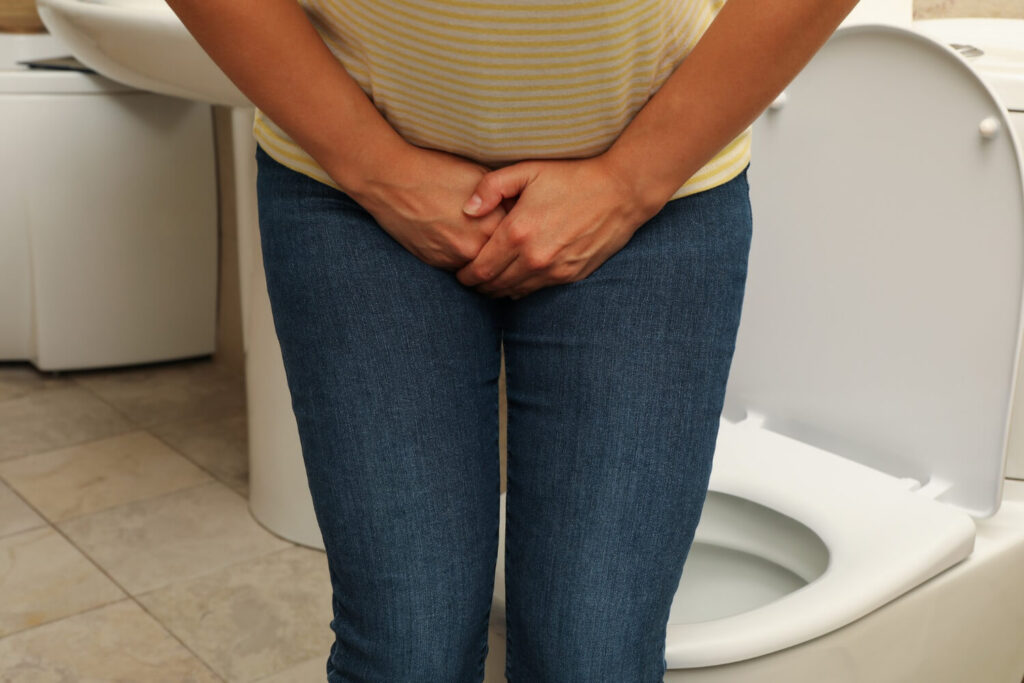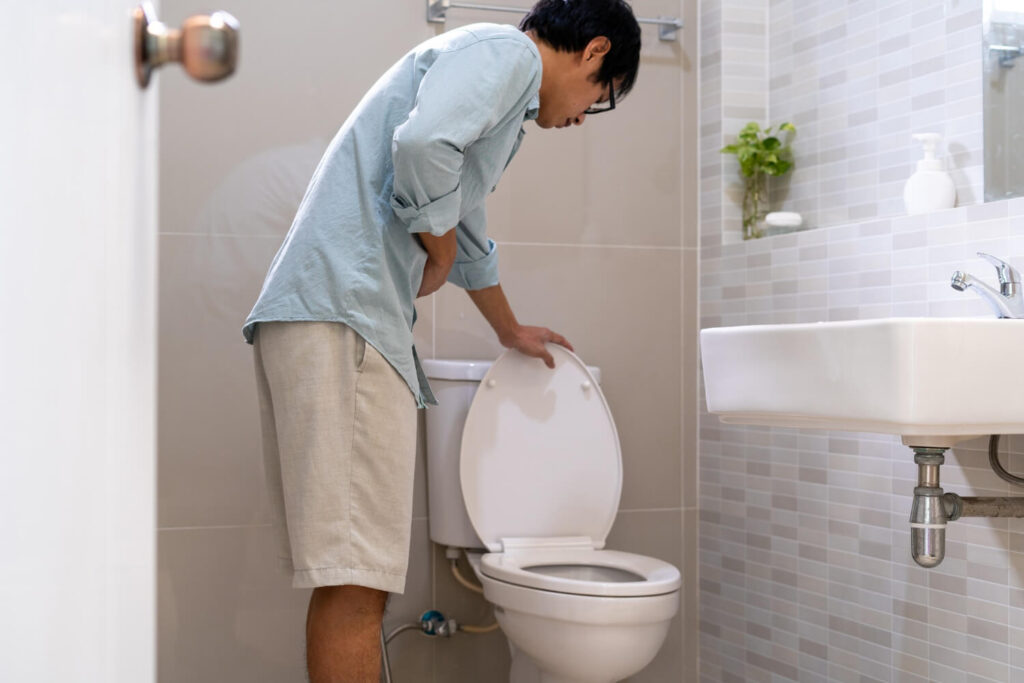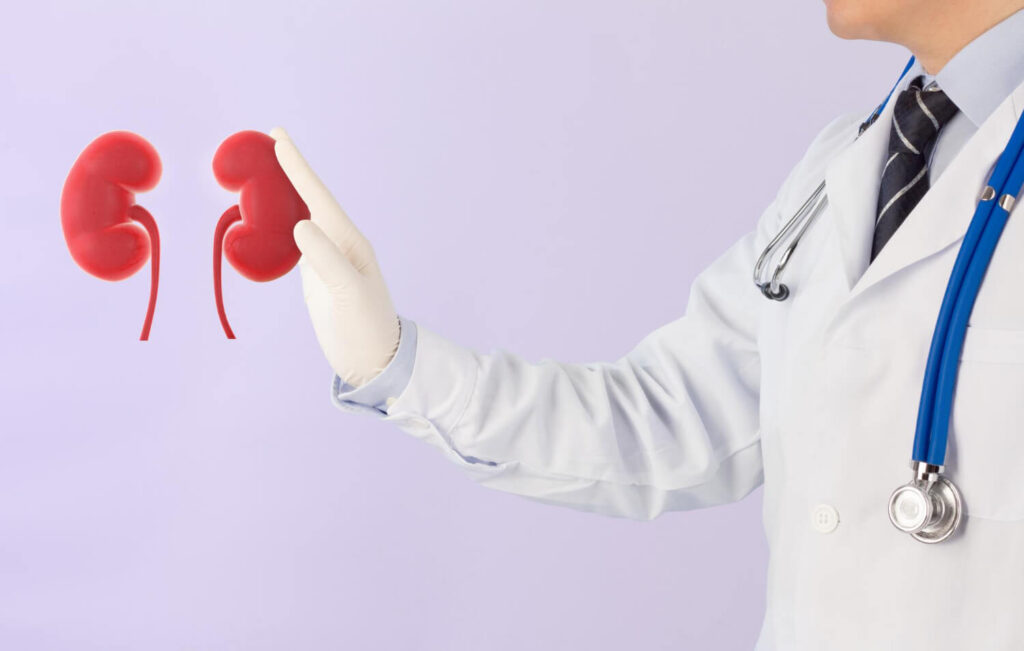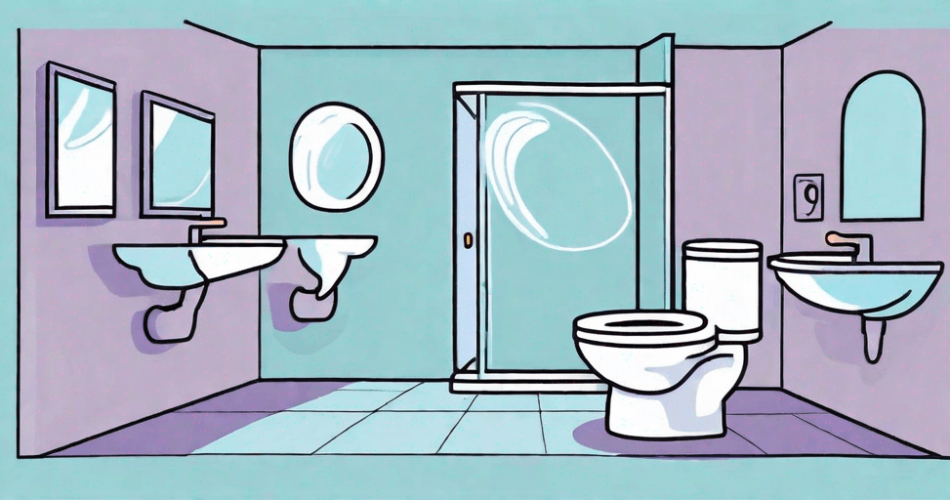One of the most common illnesses that a patient may have is kidney stones. In most cases, patients tend to dismiss any known symptom until a discharge of kidney stones in toilet when peeing happens. With this confirmation. patients must prepare for a health check up with a doctor to address the situation.
In this blog, we’ll guide individuals on how to manage their condition and promote overall urinary health. That involves the discussion of symptoms, causes, and other factors to help monitor their health status. Let’s begin!
Understanding Kidney Stones
Kidney stones, also known as renal calculi, are solid masses composed of minerals and salts that form in the kidneys. They can vary in size, ranging from a grain of sand to a larger stone that can block the urinary tract. These materials are formed when certain substances, including calcium, oxalate, and uric acid, build up and crystallize in the urine.
The Formation of Kidney Stones
The process of kidney stone formation typically starts when there is an imbalance in urine composition. When urine contains high levels of calcium, oxalate, or uric acid, it creates an environment conducive to stone formation.
Additionally, factors such as dehydration, urinary tract infections, and certain medical conditions can increase the risk of developing kidney stones.Let’s delve deeper into the formation of kidney stones.
- Calcium stones: most common type of kidney stones and are usually caused by high levels of calcium in the urine.
- Oxalate stones: can form when there is an excess of oxalate in the urine. It can be found in many foods, including spinach, rhubarb, and chocolate.
- Uric acid stones develop when there is an elevated level of uric acid in the urine. This can occur due to a diet high in purines, which are found in foods like organ meats, shellfish, and certain types of fish.
While the exact cause of kidney stone formation may vary from person to person, it is crucial to understand the warning signs involved.
Common Symptoms of Kidney Stones

Patients can understand their kidney condition further by knowing the symptoms. These signs may still vary, but recognizing them can help patients to have an in-depth knowledge about kidney stones. That way, kidney stones in toilet can be prevented as it can indicate a possible larger formation.
Here are some of the common signs that may indicate the presence of kidney stones:
- Severe pain in the back or side, often radiating to the lower abdomen and groin
- Blood in the urine
- Frequent need to urinate
- Painful or burning sensation during urination
- Cloudy or foul-smelling urine
It is worth noting that the severity of symptoms can vary depending on the size and location of the kidney stone. Smaller stones may pass through the urinary tract without causing significant discomfort, while larger stones may require medical intervention for removal. In some cases, kidney stones can lead to complications such as urinary tract infections, kidney damage, or blockage of the urinary tract, which may require immediate medical attention.
If you experience any of these symptoms, it is essential to consult a healthcare professional for an accurate diagnosis and appropriate treatment. In most cases, relying on an online consultation for immediate intervention can be helpful. So, if your doctor offers this service, it’s best to utilize them to undergo a consultation when necessary.
Identifying Kidney Stones in Toilet

As mentioned, individuals may discover kidney stones in the toilet after passing them. While this can be alarming, it provides valuable information about the stones and their characteristics.
When inspecting kidney stones in toilet, you may notice a range of colors. The color often depends on the minerals and substances that make up the stone. Meanwhile, in terms of texture, kidney stones are typically solid and have a rough or jagged surface. They may appear smooth or rough, depending on their composition and how long they have been in the urinary tract.
Here’s a simple guide on how to distinguish them:
Color
For instance, a yellowish color may indicate the presence of uric acid, while a brownish color may suggest the presence of calcium oxalate. White stones, on the other hand, may be composed of calcium phosphate. The rare occurrence of black stones may be due to the presence of certain medications or an infection.
Texture
On the other hand, some kidney stones may have a spiky or crystalline texture, resembling tiny thorns. These stones are often composed of calcium oxalate and can cause significant discomfort during passage. On the other hand, smoother stones may be composed of uric acid or struvite.
Size
Meanwhile, kidney stones can vary significantly in size, with some being as small as a grain of sand and others as large as a golf ball. The size of the stone can impact the symptoms experienced and the course of treatment required.
Smaller stones, such as those less than 5 millimeters in diameter, may pass through the urinary tract without causing much pain or discomfort. However, larger stones may get stuck along the urinary tract, leading to severe pain, blockage, and potential complications.
The presence of multiple stones may indicate an increased risk of recurrence or an underlying urinary tract issue that needs further evaluation. This variation can provide insights into the different stages of stone formation and the conditions within the urinary system that contribute to stone development. If a large number of small stones are passed, preventive measures may be recommended to reduce the risk of future stone formation.
The Pain Associated with Kidney Stones
When it comes to kidney stones, the pain experienced can be truly excruciating. This pain typically originates in the back or side, just below the ribs, and can radiate to the lower abdomen, groin, and even the genital area. It’s like being caught in a relentless storm of agony.
The reason behind this torment lies in the movement of the kidney stone within the urinary tract. As the stone travels, it obstructs the normal flow of urine, causing a backup and leading to intense pain.
It’s important to note that the intensity of kidney stone pain can vary from person to person. Some individuals may experience mild discomfort, while others are unfortunate enough to endure excruciating pain that requires immediate medical attention.
When to Seek Medical Help

Persistent Pain and Discomfort
If you experience persistent pain or discomfort that does not subside, despite trying pain management techniques and increasing fluid intake, it is crucial to seek medical help. Severe pain that is accompanied by nausea, vomiting, or fever may indicate complications, such as kidney infection or obstruction, requiring immediate attention.
Signs of Infection
Kidney stones can increase the risk of urinary tract infections. If you notice symptoms such as a persistent fever, chills, cloudy urine with a strong odor, or frequent urge to urinate, particularly if accompanied by pain, it is important to consult a healthcare professional for evaluation and appropriate treatment.
Prevention and Management of Kidney Stones
While kidney stones can be a recurring issue for some individuals, there are steps that can be taken to prevent their formation or minimize their impact on urinary health.
Dietary Changes to Prevent Kidney Stones
Modifying your diet can play a significant role in preventing the formation of kidney stones. Some recommendations include:
- Limiting sodium intake
- Reducing oxalate-rich foods, such as spinach, beets, and rhubarb
- Consuming adequate calcium from dietary sources
- Avoiding excessive intake of animal proteins
Consulting with a healthcare professional or registered dietitian can help you develop a personalized dietary plan that suits your specific needs and helps reduce the risk of kidney stone formation.
Importance of Hydration
Staying well-hydrated is essential for maintaining optimal urinary health and preventing kidney stone formation. Adequate fluid intake helps dilute the urine and flushes out minerals and substances that can contribute to stone formation.
The exact amount of fluid you need may vary depending on factors such as your activity level, climate, and overall health. However, a general guideline is to aim for at least eight glasses of water per day.
Medications and Treatments for Kidney Stones
In some cases, healthcare professionals may recommend medications or treatments to prevent the formation of kidney stones or manage their symptoms. It is crucial to consult with a healthcare professional.
Patients can visit the nearest local health care center to begin check up with a doctor. Thus, ensuring the correct diagnosis and be able to receive the most appropriate treatment plan based on your specific situation.
Conclusion
Finding kidney stones in toilet can be concerning, but it can provide valuable information about the patient’s current condition. Understanding kidney stone and the different symptoms involved can help patients to be more proactive about their urinary health.
Promote a better management of your health to avoid the development of other kidney conditions. Begin by booking an online consultation with a urologist today!



